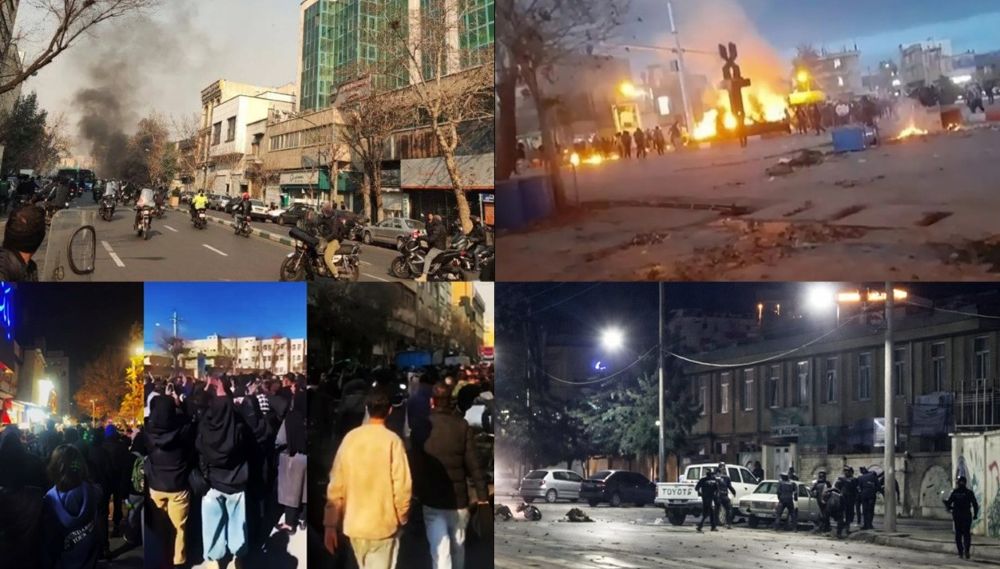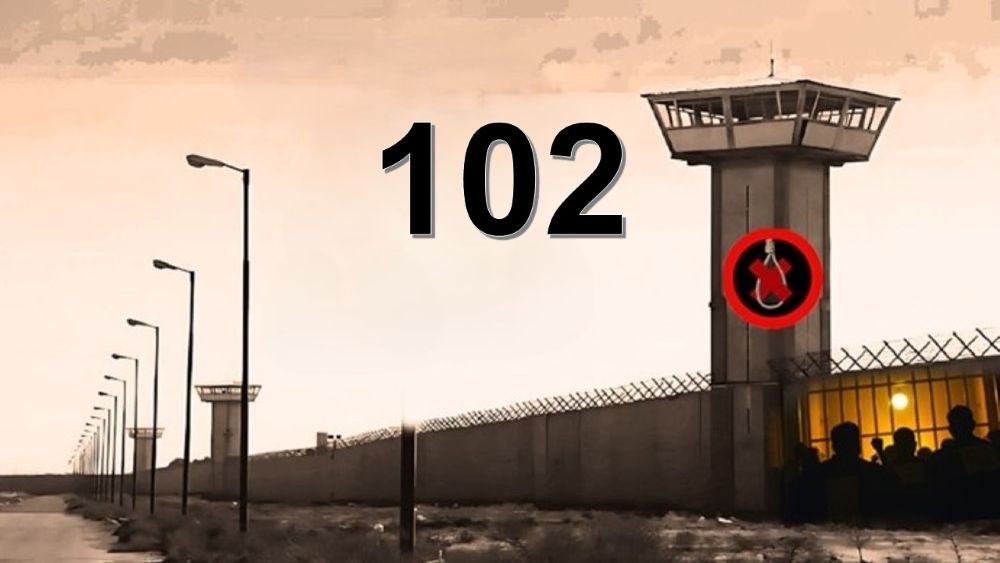The Kazerun demonstration entered its second day on Thursday, May 17th. The reports so far indicate that at least two people have been killed, and nine others are injured. Two of the injured are in critical condition. The hospitals were the bodies of the martyrs, and the injured are kept, is surrounded by the security guards, so it is difficult to definitely say how many have been killed or what is the status of the injured.
The protesters on Thursday were demanding the release of those who were detained last night.
Kazeroun governor admitted to the continuation of the unrest in the city. In an interview with state run ISNA news agency, Ismael Tabadar, the Kazeroun governor said the sporadic clashes are still ongoing but, as he put it, the situation is under the control.
The mullahs’ government has dispatched additional forces to Kazeroun to quell the unrest.
IRAN RESISTANCE CAN STOP REGIME’S MALIGN TAKEOVER OF MIDDLE EAST : INU – The Iranian Regime was able to take over the Iraqi government after providing help in the fight against ISIS. Now, Iran effectively runs Iraq as a vassal state. In some Middle Eastern conflicts, the Iranian Regime has backed terror cells in the hope that the conflict will be resolved by a peace treaty that will put the terrorists in a power-sharing government. This is the case in Yemen, where Iran provides the Houthis with training, weapons, and money that they need to take on the Arab coalition to restore the legitimate government.
The Iranian Regime makes no secret of its overall foreign policy ambition: spread its flawed version of Shiite Islam across the Middle East (and eventually the rest of the world), destabilize the countries through sectarian conflict, and take power.
Report of the exploitative crimes and pressures of the plunderer regime against the hard laborers: Colbury is a very hard work that brings not only physical damage to the continuation of heavy loads, but also the insignificant income of the coolers and border marketers as pleasing to thieves and plunderers who want everything for their pockets of their own, their criminal officers who They will kill and kill the toilers. And by closing the boundaries, millions of marketers and businessmen have crossed the border towns for years to come, listing only the small commodities shipped by Colbranch.
The savage regime of the clans kills even the horses and mules of the kulbron, and the border regions continuously witness the scary scenes of these crimes and the protests of the hard laborers.
Fearing Sanctions, European Tanker Owners Avoiding Shipping Iran Oil :
On Wednesday, industry sources said that European refiners are already experiencing difficulties in shipping Iranian crude, as ship-owners have begun to avoid this route for fear of falling foul of US sanctions.
Just a week after President Donald Trump decided to withdraw from the Iran nuclear deal, European tanker owners fear secondary sanctions from the US. According to a US Treasury Department fact sheet, international buyers of Iranian oil must wind down contrast by November 4th, when the US will impose sanctions on the oil, energy, shipping, and insurance sectors.
The London P&I Club advises ship-owners on insurance. On Wednesday, it issued a circular to its members saying that its lawyers had been notified “informally” by the US Department of Treasury “that any new Iran-related transactions (entered into after May 8), if it were a sanction able activity under the US secondary sanctions, could result in penalties being imposed.”
IRANIAN TOMAN FAILING AGAINST THE US DOLLAR : Most contemporary regimes depend on the capitalist system of economy, specifically the free market economy. A robust economy is the lifeblood of a country. A failing economy negatively affects the entire country. Therefore, a country’s main concern should be keeping its economy healthy. However, in Iran, the primary concern of its Islamist politics appears to be the spread of its ideology, irrespective of the high cost to its citizens. Recently, the toman, Iran’s currency, fell against the dollar by more than 37 percent compared to its level in early 2018.



